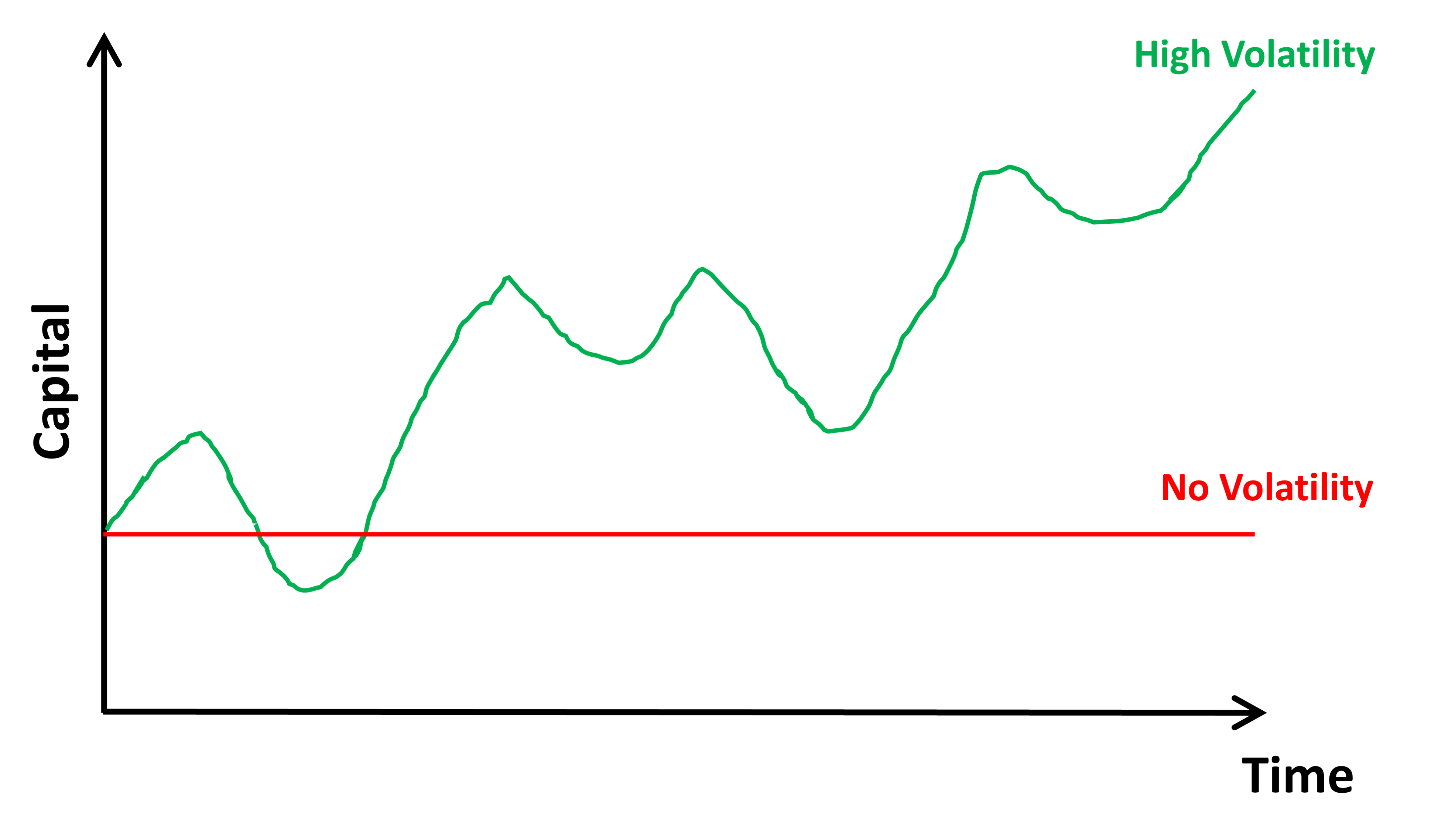Having trouble growing your investment portfolio?
Tired of seeing your portfolio grow and then afterward plummeted and you feel like you are getting further and further away from your investment goals?
Do you sometimes feel like being a full time investor is just a dream...?
Well, fret no more.
This blog post reveals 3 surprising tips that you can do right now to boost your portfolio performance.
Ready? Let's go!
Tip 1 - Stop Looking At The Stock Market

Hmm.
Are your surprised by that?
That's right - I have seen many beginner investors who have their eyes glued to the stock market.
Every few minutes, their cheeky finger will hit the "Stocks" app on their iPhone and they begin looking at share prices.
I would usually ask them,
"Are you planning to buy any shares?", I asked.
"Nope, I am still waiting for the share price of Apple to fall", my friend said.
"To what price are you waiting for it to fall?", I asked.
"Well, maybe about $150?", he replied.
"Then, why don't you just put a LMT order for Apple at $150?", I asked.
Definition: A LMT order, or limit order, is an order that you placed to purchase or sell a stock at a specified price or better.
This means that if you placed a LMT order at $150 for AAPL - the broker will only buy the stock for you when it is at $150 or better.
(and yes, you can place a LMT order even when the share price is currently $160.)
Can you see that you don't have to look at the stock market every single minute.
If it falls to a price you want to purchase, then the LMT order will automatically trigger and help you to buy the shares.
Here's why it does not make sense to look at the stock market.
And it can be summarized in this quote.
The stock market is a place where you exchange money for more money, NOT time for money.
And when we are just aimlessly looking at the stock market - we are exchanging our precious time for nothing.
That time could have been spent with your loved ones or even just taking a well-deserved break.
So what should you be looking at instead?
Well, the company's fundamentals.
In fact, whenever I want to buy a stock - I will never look at the stock price first.
I will always look at the company's fundamentals.
Because if the fundamentals have failed, then why would I even bother looking at the price?
Its kinda like if a fishmonger is selling a rotten fish, would you bother asking how much is he selling the fish for?
If you need help on how to evaluate looking at company's fundamentals, an easy way is to evaluate the companies' fundamentals first - I will give you some resources to read at the end of this blog post.
(P.S. let's finish reading the other two tips first, ya?)
Tip 2 - Use The Correct Weapon

If you are trying to kill a dragon, will you try to use a pen knife - or would you use a much more powerful weapon?
That's the next tip for you.
Use the appropriate size for your "weapon".
This is something that I discovered really late - and I wished I discovered it earlier.
You see, when we start investing, most of us will start investing with a small amount, of say, less than $10,000.
There's nothing wrong with that.
In fact, it is important to start small - to get some "battle scars" in the stock market.
But here's where most people struggle.
They are not willing to commit more capital into their investment portfolio.
And they still have the mentality that keeping money in the bank is "safer".
(In truth, they are losing money day by day to inflation.)
For myself, I realised that if I wanted to become a full-time investor, I need to train myself to manage a much bigger portfolio.
This is why, I commit more capital every single month into my investment portfolio.
(Yes, every single month)
In fact, I keep very little money in my savings account. But that's just me - and perhaps I am more on the extreme side.
Fun Fact About Gin: This might piss some of you off. But, I don't believe in keeping aside 6 months of emergency money in the bank - because I know that my investment portfolio is generating me enough cash flow to cover my necessity expenses, around $700 to $800 every month. So even if I did lose my job, I know I can still survive - probably with a little side hustle to bring in an extra income.
However, I do have medical insurance to cover myself, if something does happen to me...
So what is my point here?
If you have a net worth of $100,000 - don't be stuck investing only $10,000 in the stock market...
The $10,000 is not going to make a big enough difference to your overall net worth.
And if you are not confident of investing $100,000 - that's fine.
Start small, develop the muscle, and gradually commit more capital into your investment portfolio.
Tip 3 - Embrace Volatility

Most people leave much of their money in the bank for the sole reason that there is hardly any volatility in the bank account.
The truth is that, if you want higher returns - there will be more volatility in your investment portfolio.
And please don't associate volatility with risk.
That statement is complete bullshit.
Let me illustrate this.

That's what "no volatility" looks like by the way.
Yes, it just a straight line, you will not expect any growth in your capital.
Which is more riskier, then?
Keeping money in the bank, which guarantees a loss from inflation?
Or putting your money into quality companies.
So my point is this.
Accept the fact that if you want your capital to grow, there WILL be volatility in your portfolio.
The question is how much volatility are you able to tolerate.
If you cannot tolerate huge portfolio swings, then diversify into more stocks - a maximum of 10 stocks will be a good guideline.
If you can tolerate huge volatility, then you can have a more concentrated portfolio - but you will have to make sure that you really do a thorough research on what you have invested in. I personally know investors who have only two to three stocks in their portfolio and they compound their portfolio at more than 30% every year.
Fun Fact About Gin: I am perhaps the oddball that gets excited whenever my portfolio have red days. Because this means that stocks in my portfolio are getting cheaper and I am able to add more positions 🙂
Conclusion

There you go, these are the 3 best tips for an investor:
- Stop looking at the stock market, focus on fundamentals.
- Train yourself to manage a portfolio size, that matches your net worth
- Embrace volatility, because with no volatility, your portfolio will not grow
So what's next?
Well, why not check out our free resource, the Stock Investing Hub - where you will discover fundamental strategies on profiting from the stock market by investing in quality businesses at reasonable prices.
